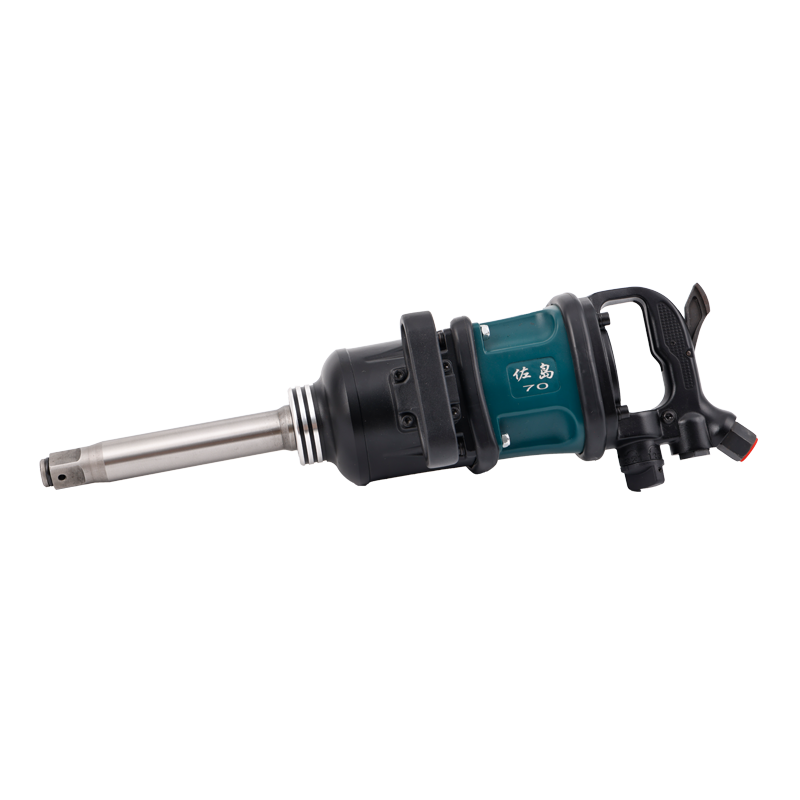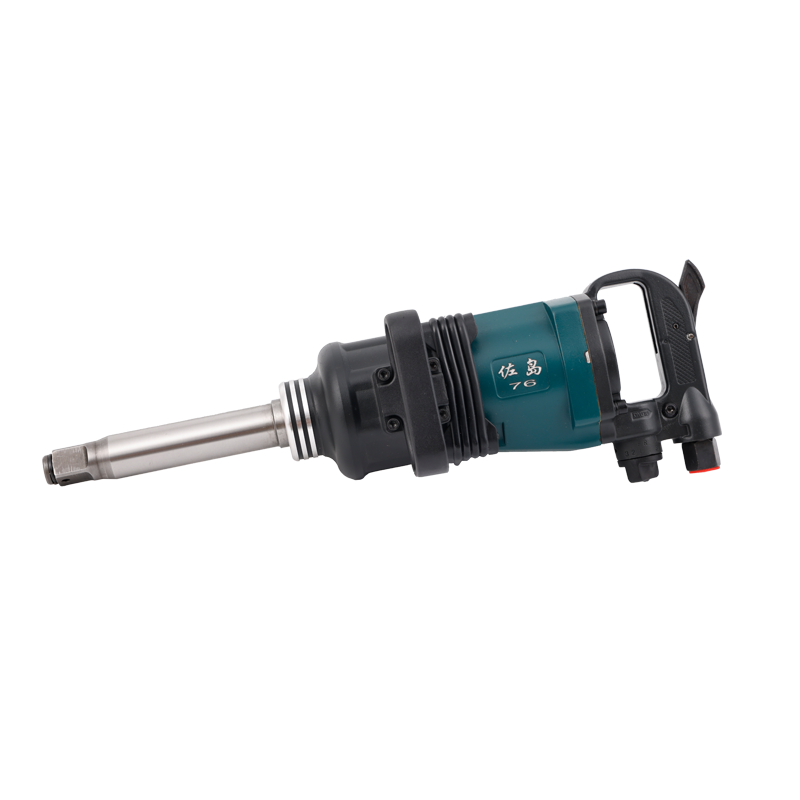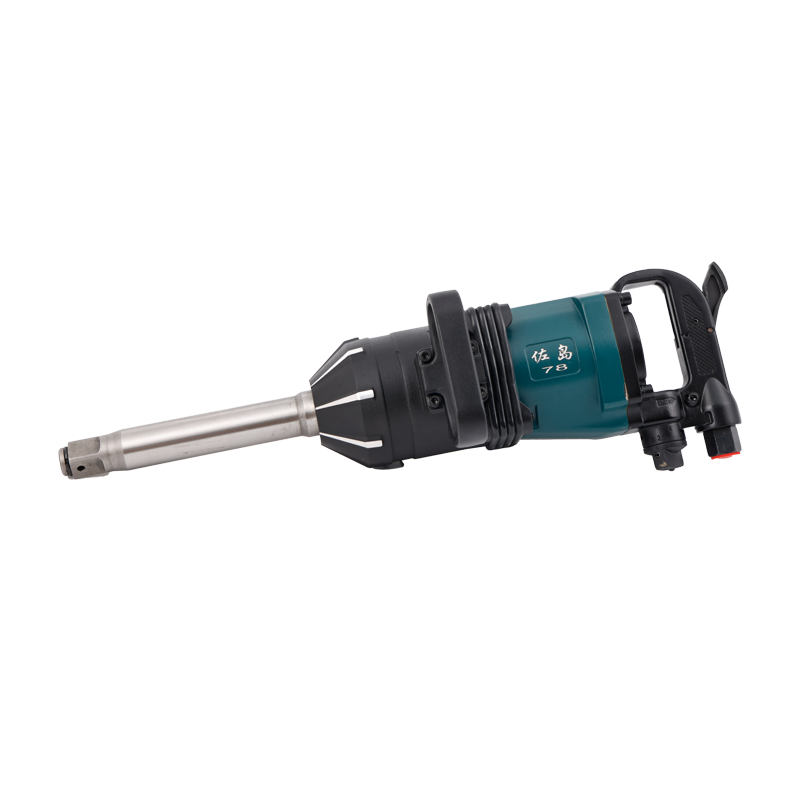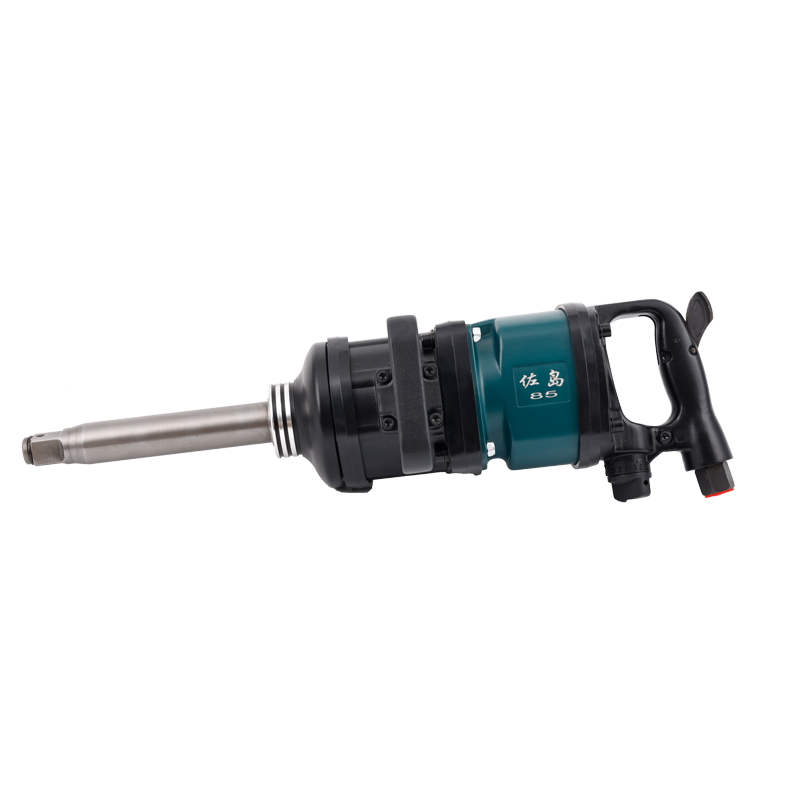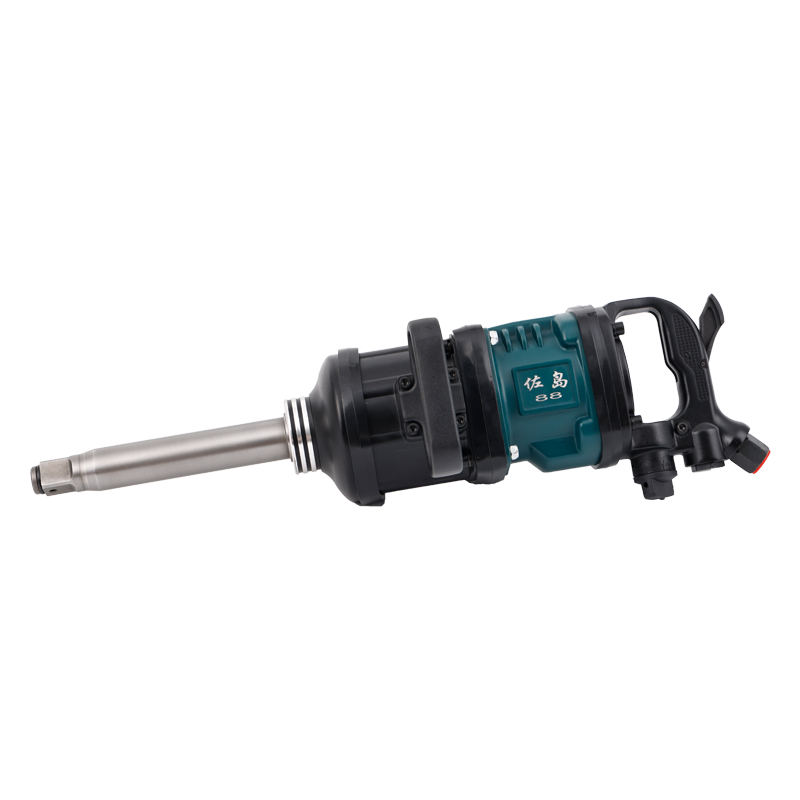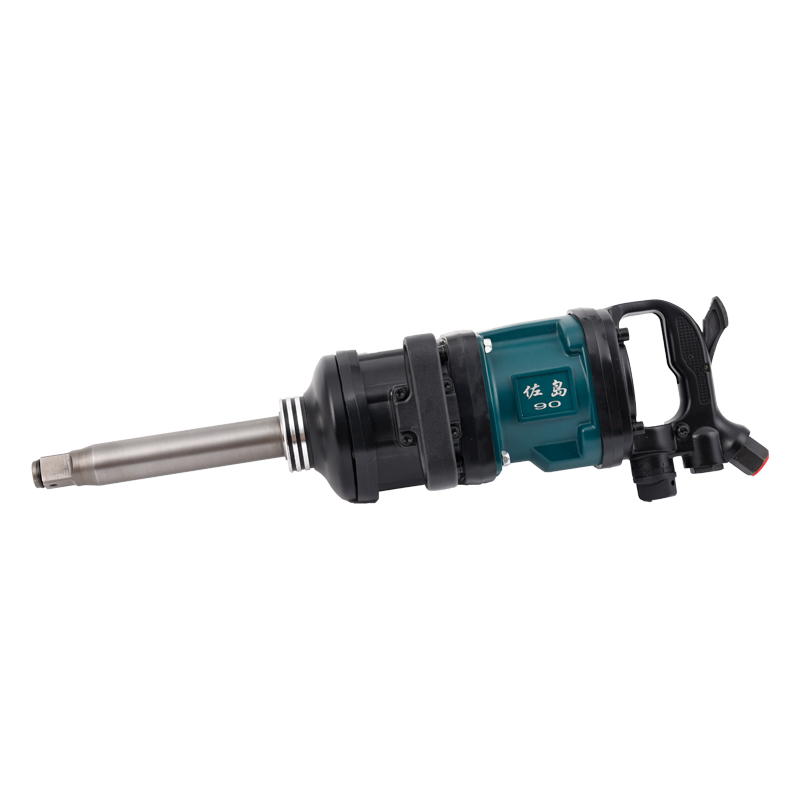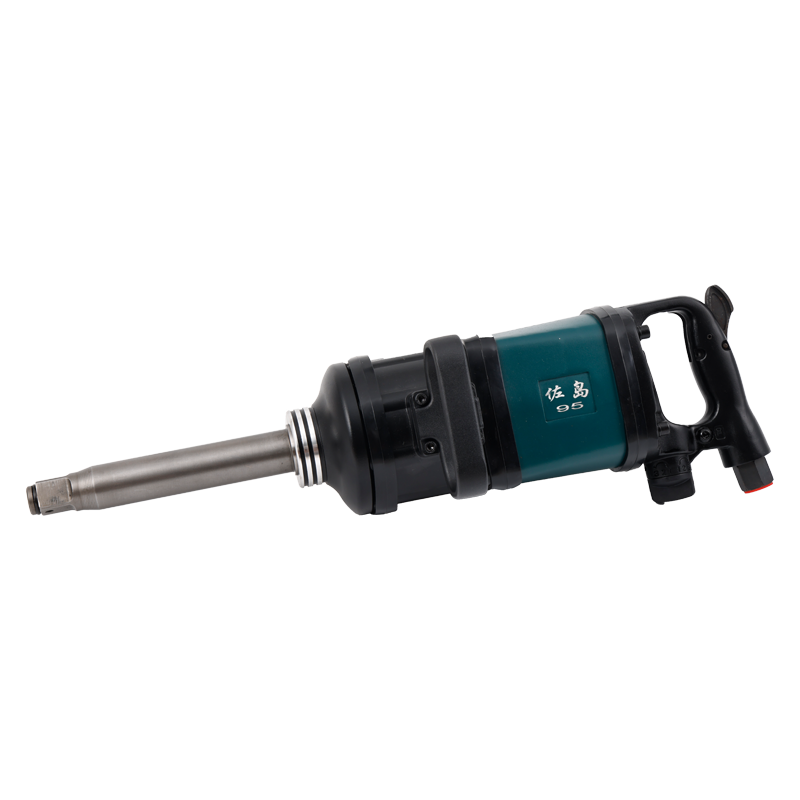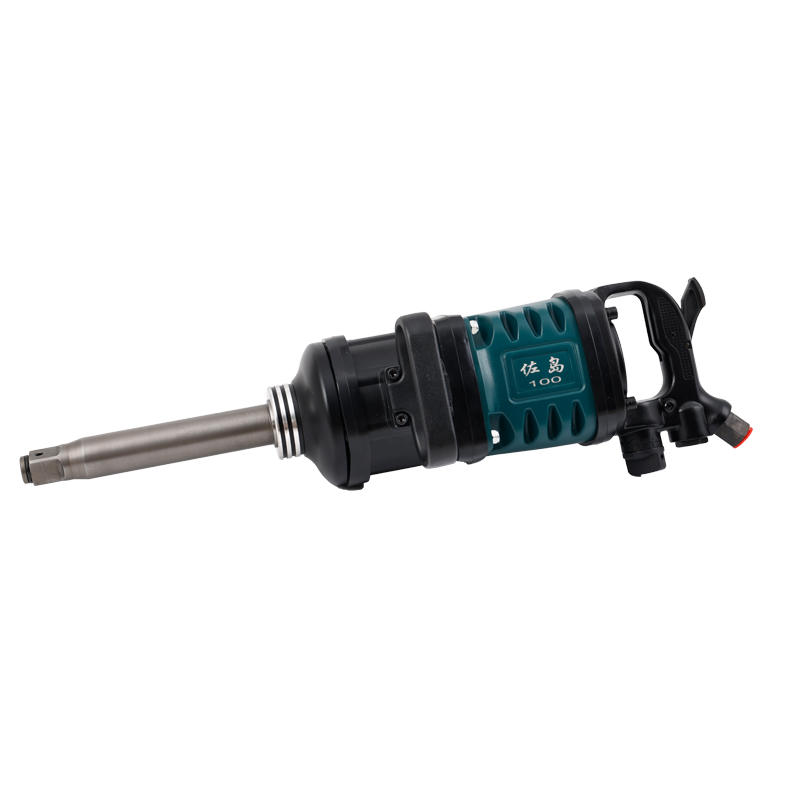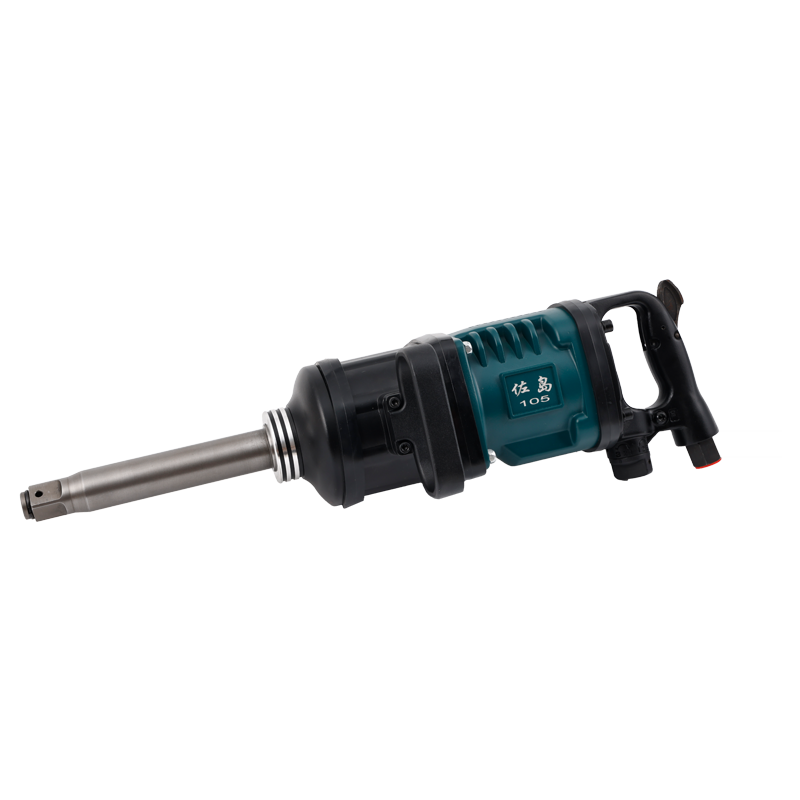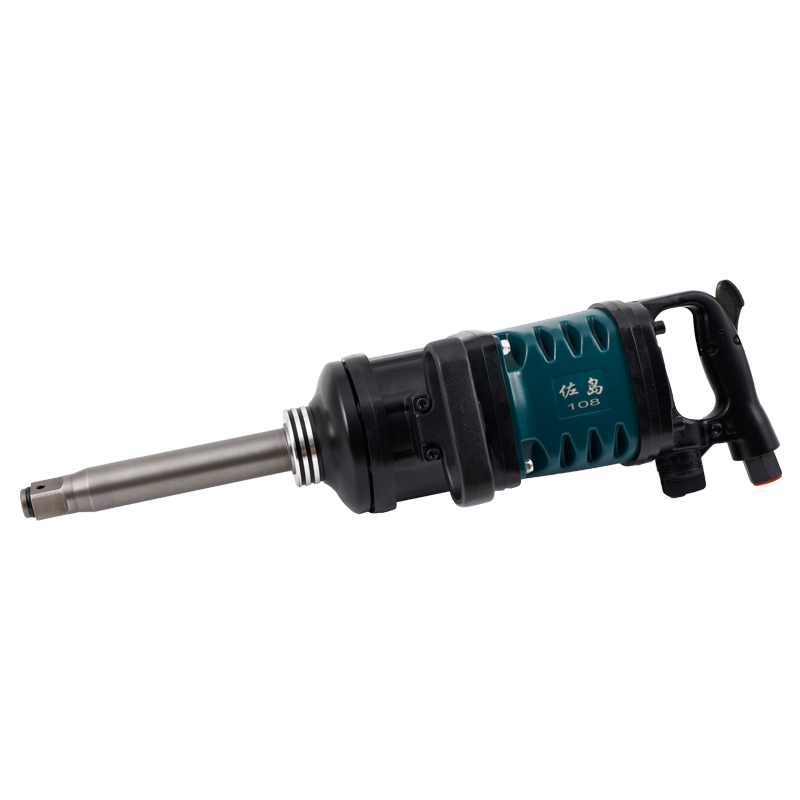Supply automatic electric wrench, OEM portable electric wrench, electric wrench Factory
In the dynamic landscape of modern tools and equipment, the evolution of wrenches has witnessed significant strides, with
automatic electric wrenches and portable electric wrenches emerging as innovative solutions. These tools have revolutionized the way tasks are approached in various industries, offering efficiency, convenience, and versatility. This article delves into the features, benefits, and applications of both automatic and portable electric wrenches, showcasing their impact on the field of mechanical work.
Automatic Electric Wrench:
The automatic electric wrench is a game-changer in the world of fastening and tightening. With its advanced features and automated functionality, this tool simplifies complex tasks, reducing manual effort and improving precision.
Key Features of Automatic Electric Wrench:
1. Torque Sensing Technology: The hallmark of automatic electric wrenches is their torque sensing technology. These wrenches can automatically detect the torque required for a specific task and adjust their output accordingly, ensuring precise tightening without over-torquing.
2. Efficiency and Speed: The automation in these wrenches significantly enhances efficiency and speed in assembly and construction work. Tasks that would traditionally take considerable time and effort can now be completed with greater speed and accuracy.
3. Programmable Settings: Many automatic electric wrenches come with programmable settings, allowing users to customize torque levels for different applications. This versatility makes them adaptable to a wide range of tasks and industries.
4. Digital Display and Feedback: Equipped with digital displays, these wrenches provide real-time feedback on torque levels and other relevant information. This feature enhances user control and allows for immediate adjustments as needed.
Applications of Automatic Electric Wrench:
1. Automotive Industry: Automatic electric wrenches find extensive use in the automotive industry for tasks such as assembling engines, tightening bolts, and securing various components. The precision offered by these wrenches contributes to the reliability of automotive systems.
2. Construction and Infrastructure: In construction and infrastructure projects, automatic electric wrenches streamline the process of fastening and securing structural elements. The ability to set specific torque levels ensures the integrity and stability of the constructed structures.
3. Manufacturing and Assembly Lines: Automated manufacturing and assembly lines benefit from the efficiency of automatic electric wrenches. These tools contribute to the speed and accuracy of the production process, reducing downtime and improving overall productivity.
4. Aerospace Engineering: The aerospace industry relies on the precision and control provided by automatic electric wrenches during the assembly of aircraft components. The ability to set and maintain specific torque levels is important for ensuring the safety and reliability of aerospace systems.
Portable Electric Wrench:
The portable electric wrench, while sharing some commonalities with its automatic counterpart, is designed with a focus on mobility and convenience. These wrenches offer flexibility for users who need to move between workstations or navigate tight spaces.
Key Features of Portable Electric Wrench:
1. Compact and Lightweight Design: Portability is at the forefront of the portable electric wrench's design. These wrenches are compact and lightweight, making them easy to carry and maneuver, especially in confined or hard-to-reach spaces.
2. Cordless Operation: Many portable electric wrenches operate on rechargeable batteries, eliminating the need for a constant power source. This cordless feature enhances mobility and allows users to work in locations without readily available electrical outlets.
3. Variable Speed Control: Portable electric wrenches often come with variable speed control settings, providing users with the flexibility to adjust the tool's speed based on the task at hand. This feature contributes to precision and adaptability.
4. Quick-change Chuck Systems: To further enhance convenience, portable electric wrenches may feature quick-change chuck systems, allowing for rapid switching between different sockets or attachments. This feature streamlines the workflow and reduces downtime.
Applications of Portable Electric Wrench:
1. Field Maintenance and Repair: Professionals engaged in field maintenance and repair work benefit from the portability of electric wrenches. These tools allow for efficient tightening and fastening in diverse outdoor environments.
2. DIY and Home Improvement: Portable electric wrenches are valuable tools for DIY enthusiasts and individuals engaged in home improvement projects. Their ease of use, combined with cordless operation, makes them accessible for a range of tasks around the house.
3. Emergency Situations: In emergency situations or roadside assistance scenarios, the portability of these wrenches is a significant advantage. Users can quickly address issues such as flat tires or loose bolts without relying on a fixed power source.
4. Light Industrial Applications: Certain light industrial applications, where the convenience of portability is important, make use of these wrenches. Examples include assembly tasks in manufacturing settings where mobility is a priority.
Comparative Analysis:
When comparing automatic electric wrenches and portable electric wrenches, it is evident that each type caters to specific needs and preferences in the world of mechanical work.
Automatic electric wrenches excel in tasks where precision and torque control are important. They find their niche in industries such as automotive, construction
, manufacturing, and aerospace, where the reliability of fastening and tightening processes is important. The automation and programmable features contribute to their efficiency, especially in scenarios involving repetitive tasks.
On the other hand, portable electric wrenches prioritize mobility and convenience. Their compact and cordless design makes them ideal for users who need to move between locations, work in tight spaces, or address tasks in outdoor environments. These wrenches cater to a broader audience, including DIY enthusiasts, field maintenance professionals, and individuals dealing with emergency situations.
Conclusion:
The advent of automatic electric wrenches and portable electric wrenches represents a significant leap forward in tool technology. These innovations have redefined the landscape of mechanical work, offering solutions that prioritize efficiency, precision, and adaptability to various work environments.
As industries continue to evolve and demands for increased productivity and flexibility grow, the role of these electric wrenches becomes even more pronounced. Whether in the controlled environments of manufacturing plants, the dynamic settings of field maintenance, or the DIY projects at home, automatic and portable electric wrenches stand as testaments to the continual advancement of tools in the pursuit of enhanced performance and user convenience. Their impact on the efficiency and ease of mechanical tasks is a testament to the ongoing synergy between technology and practical application in the realm of tool design and usage.
